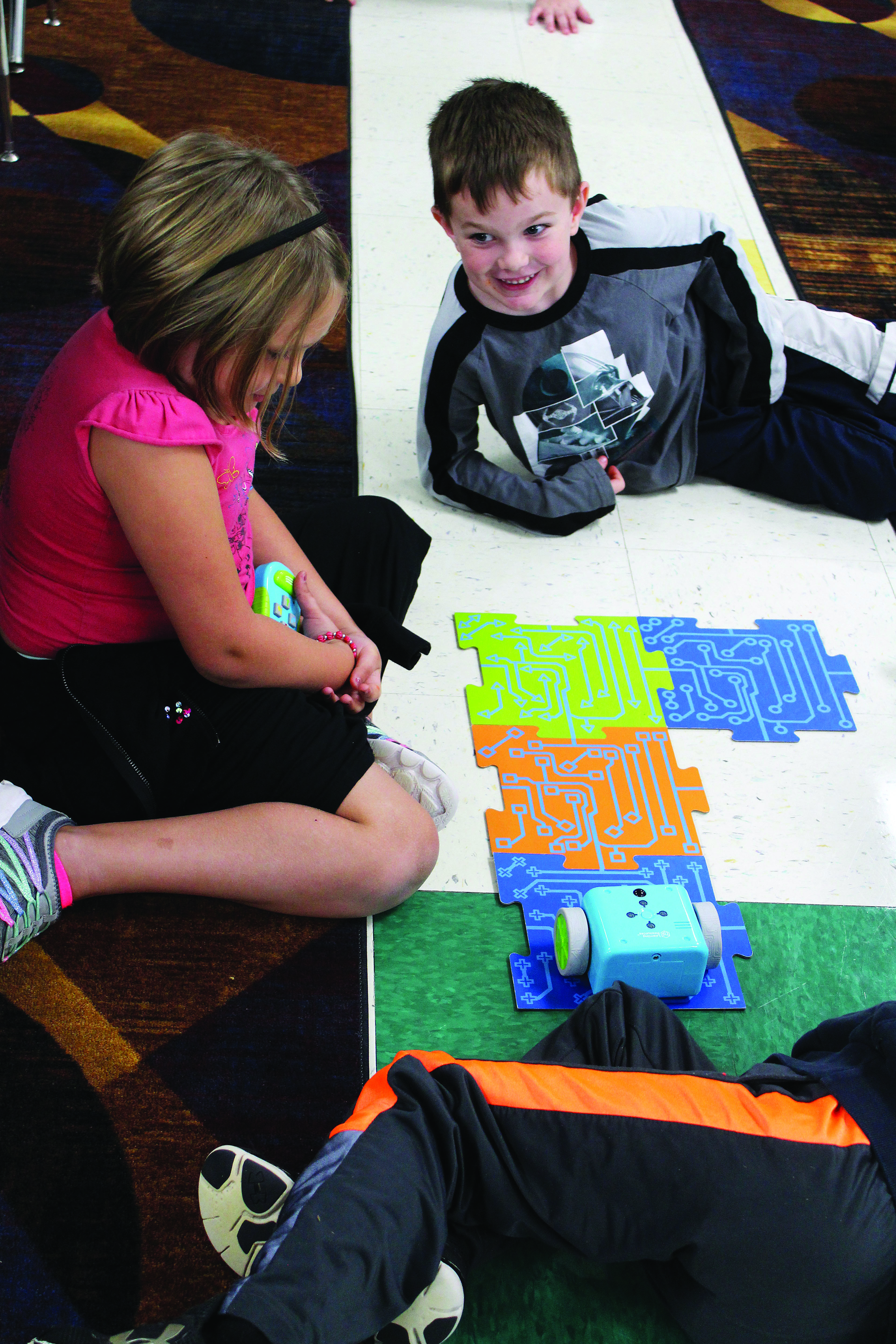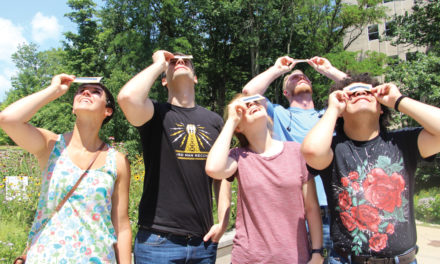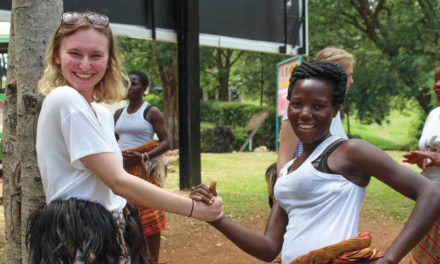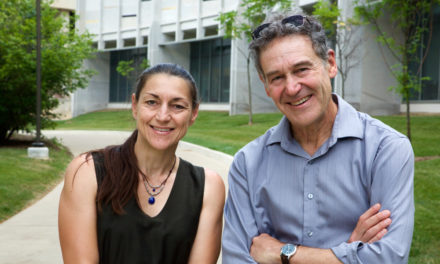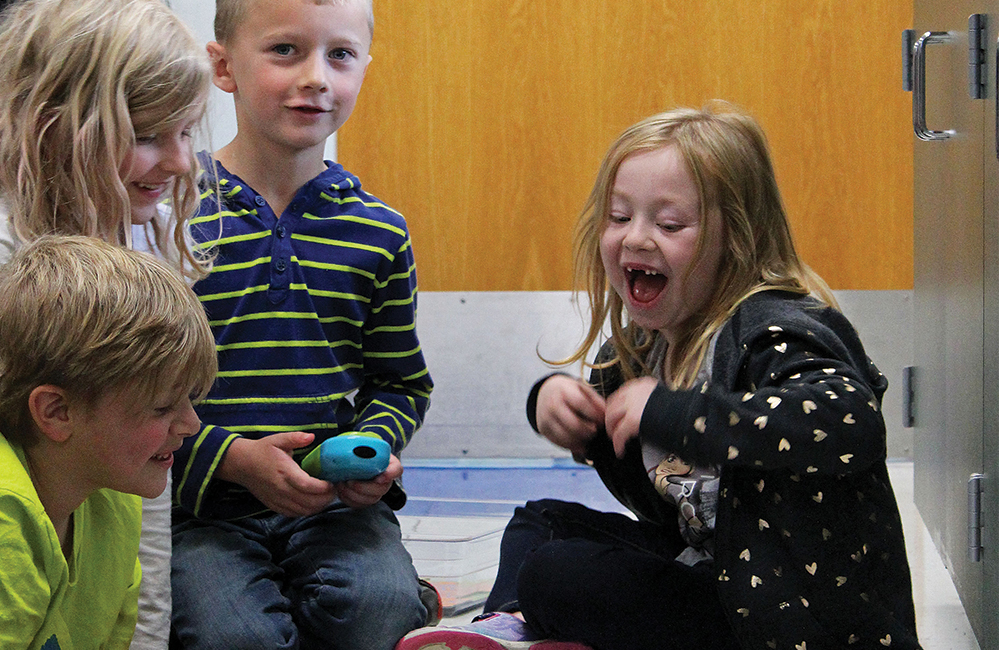
BY CRAIG COLEY
Bloomington-based Regional Opportunities Initiatives (ROI) is helping local teachers create STEM (science, technology, engineering, and math) opportunities for students—preparing them for technical careers—with grant money from the Lilly Endowment. Science opportunities are often neglected in favor of reading literacy and math-based skills, which are the focus of statewide testing.
ROI was launched in 2016 with a $25 million grant to create education and workforce initiatives in 11 counties in southwest central Indiana, including Monroe County. ROI studied regional industries and identified needs in three areas: the manufacture of medical devices and pharmaceuticals, national security at Naval Support Activity Crane, and advanced manufacturing.
While the demand for technical skills is strong, ROI found the average elementary school student gets science instruction for only one hour a week. “I would say it was less than that,” says Cierra Simmons, a first-grade teacher at Edgewood Primary School in the Richland-Bean Blossom Community School Corporation.
Simmons says teachers are expected to prepare students for statewide tests, and the early tests measure only math and reading. “Science is the first area to get cut,” Simmons says. This year, Simmons is one of 18 teachers participating in an ROI program called the STEM Fellowships Initiative.
Adrienne Evans Fernandez, education specialist with ROI, says that not only do STEM Fellows learn to integrate science into their teaching, they also learn to inspire and coach their colleagues. “It needs to be contagious,” Fernandez says.
Simmons’ colleague Mandy Henry was a STEM Fellow last year. It was Henry’s second year in the newly-created position of STEM coach. She says participating in the STEM Fellows program developed her skills and confidence and provided a community of educators and employers with whom to share ideas. “Part of our training was going to local businesses or organizations,” Henry says. “We could talk to people at Crane, and they could tell us what they need, and we could take that back and think about how we can help our students be aware of those opportunities.”
Simmons has found that she doesn’t need to set aside discreet time for science, but rather she needs to integrate science education into what she is already teaching. Identifying an unknown insect can be the basis for an adjective lesson; recording observations of mealworms doubles as a writing exercise.
“It’s just taking a real-world problem and having the kids solve it,” Simmons says. “I think so many people look at it as a separate thing when it can be so easily integrated.”
To learn more about the STEM Fellows program, visit swcindiana.org/stem-fellows.
